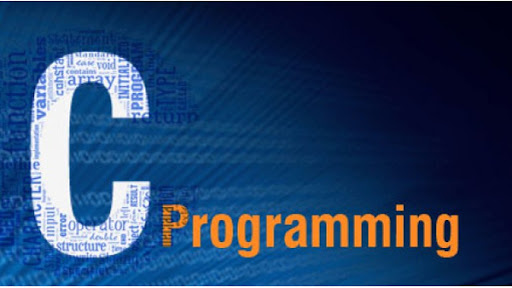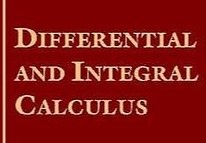This course is aimed at concepts of programming language and software coding. The special track is organized as a series of lectures, practicals and exercises for learning C programming language (syntax, grammar and lexical rules) and focusing on discussing how to write a program of moderate complexity by using C language to perform a task.

- Teacher: MAHANTA CHAUHAN
COURSE OBJECTIVES: UNIT OBJECTIVES I II III 1. To design various types of filters. 2. Describe the relationship between current and voltage in RC and RL circuit. 3. Attain knowledge about Parallel RC and RL Circuits. 4. Obtain values of impedance to know the accuracy of given circuit. IV 1. Become familiar with the frequency response of series resonant circuits and how to calculate the resonant frequency and cut off frequencies 2. Be familiar with the terms bandwidth and quality factor for a tuned network 3. Demonstrate and understanding of the impact of quality factor on the frequency response of a series or parallel resonant circuit 4. Know that the Q-factor is a measure of the selectivity of the band pass filter; 5. Recognise and sketch characteristics for a simple band pass filter; 6. Draw the circuit diagram for a band pass filter based on a parallel LC circuit; 7. Select and use the formula XL =2pfL 8. Recall that resonance occurs in a parallel LC network when XC = XL and hence calculate the resonant frequency 9. Measure peak to peak voltage and the time period from the CRO 10. Derive quantities such as Vrms and frequency from CRO. COURSE OUTCOMES: OUTCOMES CO1: The students will be able to identify &use various Electrical measuring Devices and explore them in designing basic electric circuits. CO2: The students will be aware of various electric safety rules used while working in electric circuits &equipment and identify requirements of Electric Machine for domest and industrial purpose CO3: The students will be able to apply Thevenin and Norton theorems to analyze and design for maximum power transfer and apply the concept of linearity and the associated technique of superposition to circuits and networks. CO4: The students will be able to understand waveforms, signals, transient, and steady-state responses of RLC circuits and develop the ability to apply circuit analysis to DC and AC circuits CO5: The students will be able to find the response of RL, RC, RLC circuits CO6: The students will be able to find the Time domain response from pole-zero plots and design the desired filters in the real time applications CO7: The students will be able to trace practically the wave forms of voltage, frequency, time period, amplitude for square, triangular, sine inputs CO8: The students will be able to draw various lissagous figures
- Teacher: SOWJANYA D
Course Objective
1. Determine the maxima and minima of functions by using partial differential equations
2. Use integration to find the volume and surfaces of revolution.
Course OutcomesCO1 : Understand the basic concepts of the partial differential equations
CO2 : Apply Euler’s method for homogenous function
CO3 : Apply total differentials for functions of several variables
CO4 : Apply maxima and minima for functions of two variables and Lagrange’s method of multipliers.
CO5 : Apply numerical measure for the curvature of a curve at a particular point
CO6 : Apply envelopes for family of curves
CO7 : Determine the length of the curves in Cartesian and polar form.
CO8 : Understand the concept of partition and sum applies to the areas of volumes and surfaces of revolution

- Teacher: NAGENDRA KUMAR GOLLAPUDI
Objective of Course:
This Course includes an interdisciplinary core topic which encourages students to explore the social, aesthetic, ethical, scientific, and technical aspects of environmental questions; concentrations that allow students to approach these questions with more focused knowledge and methodological tools; a community-engaged research course.
Learning Outcomes:
On completion of the course the student will be able to:
CO1- Demonstrate a general understanding of the breadth and interdisciplinary nature of environmental issues.
CO2- Be well-prepared for meaningful careers and post-graduate education in fields related to environmental science and beyond.
CO3- Formulate an action plan for sustainable alternatives that integrate science, humanist, and social perspectives.
CO4 - Apply systems concepts and methodologies to analyze and understand interactions between social and environmental processes.
CO5 - To cultivate compassion, curiosity, collaboration, and hope.
CO6 - Appreciate the ethical, cross-cultural, and historical context of environmental issues and the links between human and natural systems.

- Teacher: VARALAKSHMI V
